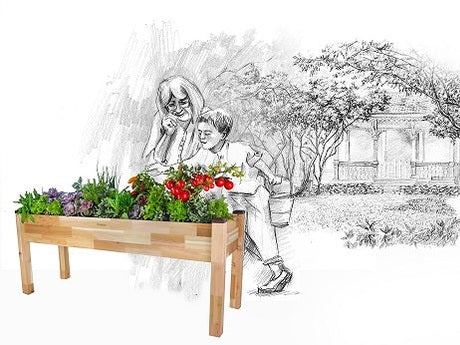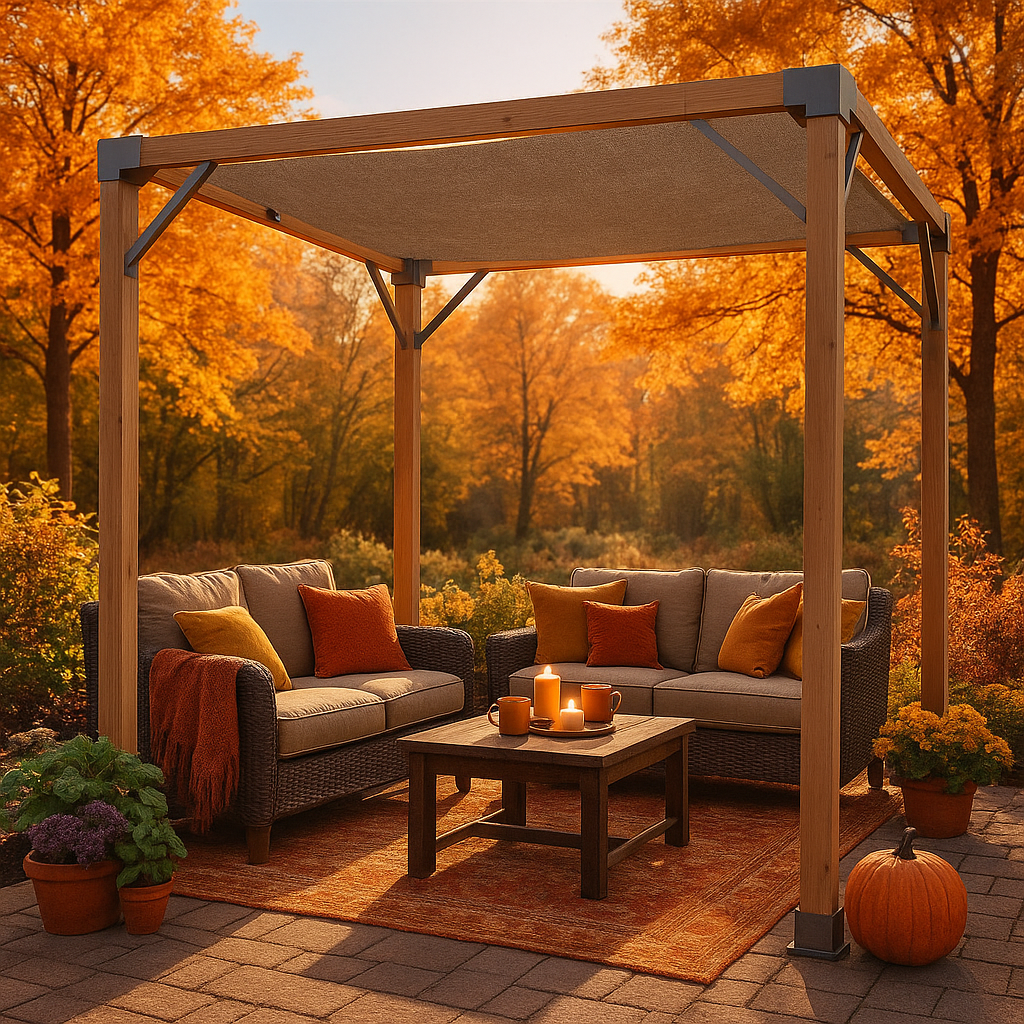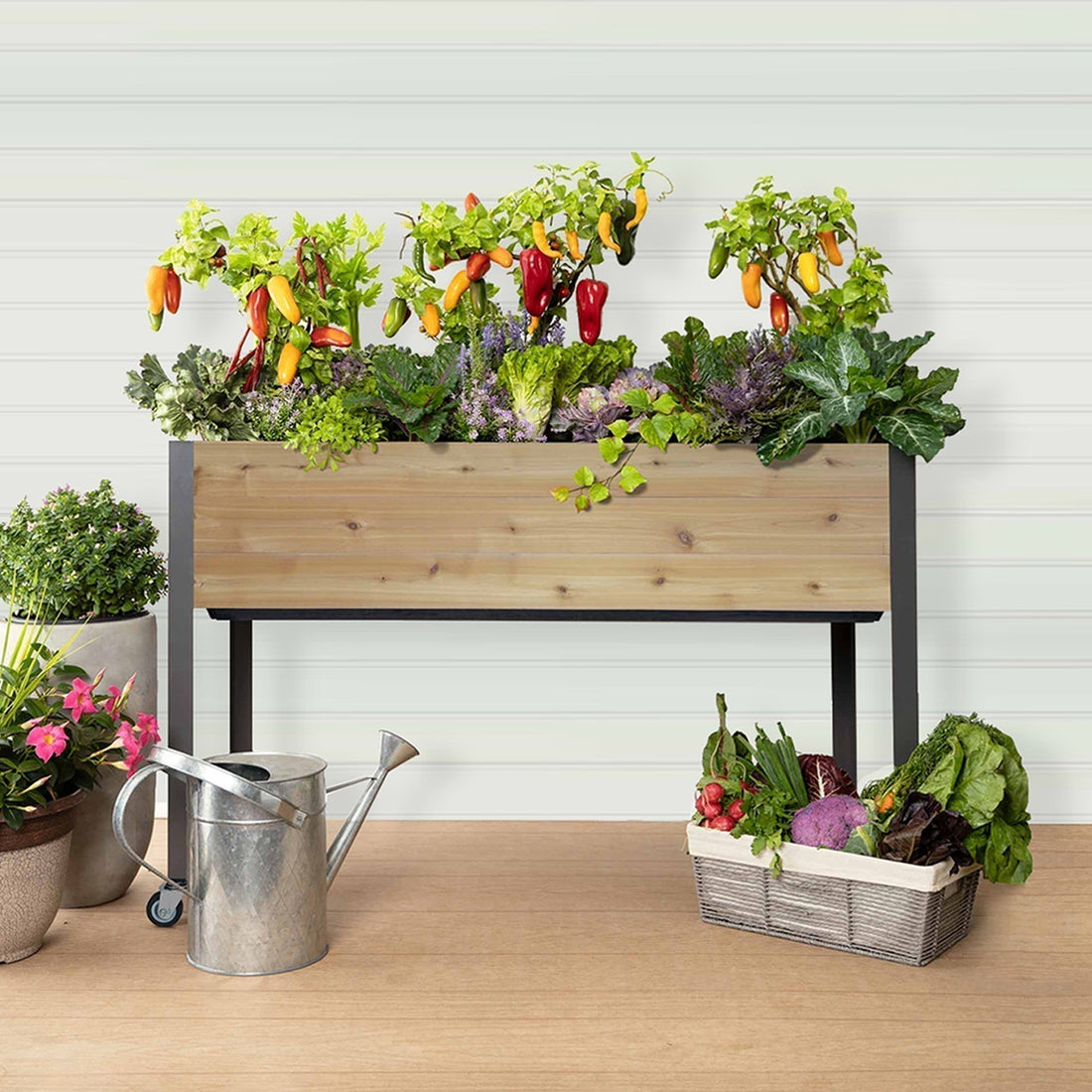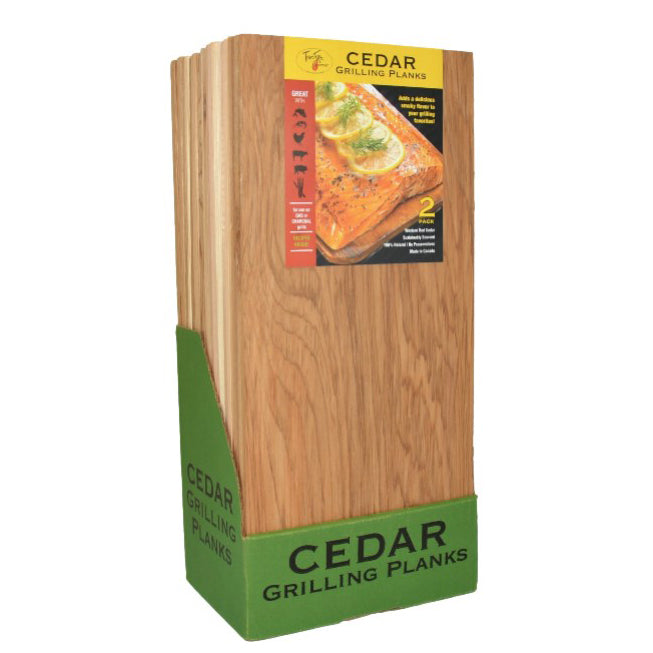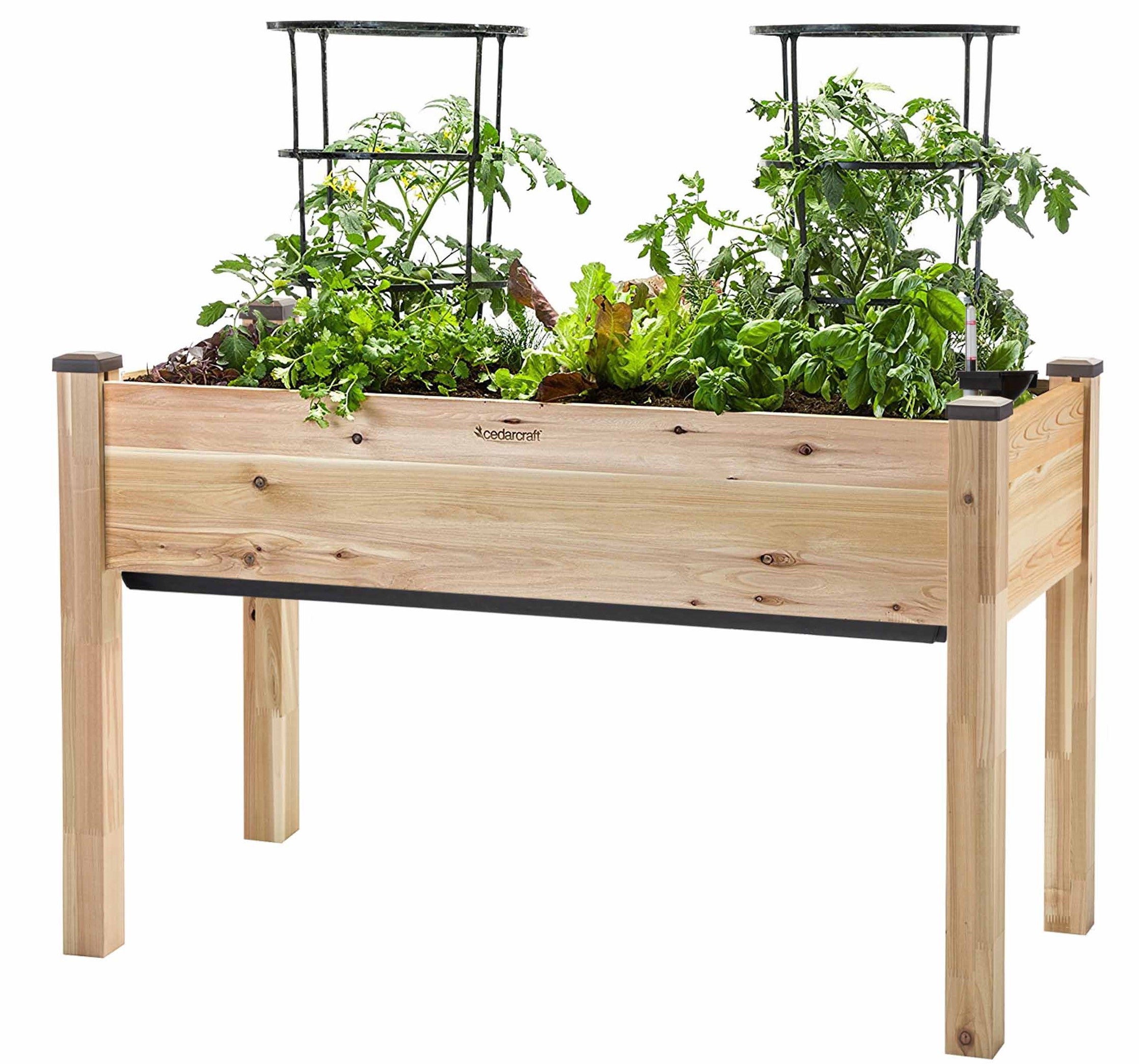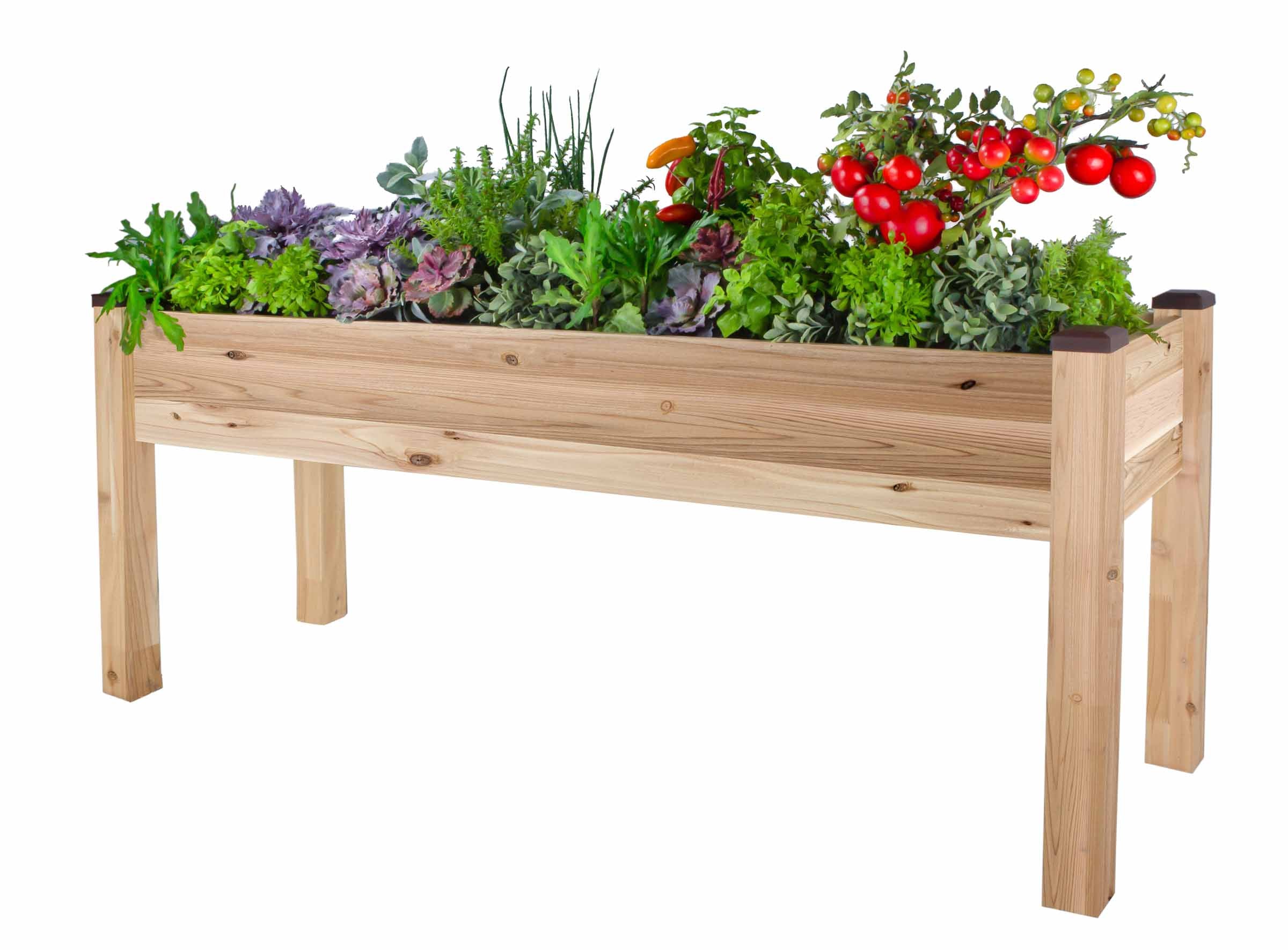Now that you have your plants all set up in their new homes, it is time to tend them and help them thrive. Fertilizers are a necessary part of container gardening because the plants don't have access to the minerals and nutrients found in soil. Potting soil provides nutrients in the beginning but over time it depletes. The plants need supplements to ensure that they grow and flourish.
Types of Fertilizer
Slow-release, or timed-release, fertilizers contain a water soluble fertilizer that is sheathed in a ball of permeable resin coating. Nutrients are released in small amounts when the fertilizer comes in contact with water. When you use this type of fertilizer, every time you water the container plants, they are being fertilized. This type of fertilizer is mixed into the potting soil and can last up to 3-4 months. The benefit to using this type of fertilizer is that it only has to be applied once or twice during a growing season and you don't have to worry about forgetting to fertilize. The downside is that it is difficult to manage how much the plants are getting at any one time. If you have a self-watering planter, slow-release fertilizers are not a good option.
Liquid fertilizers are pre-mixed liquids that are then added to water and given to your plants during their regular watering time. They are generally applied every 2 weeks. The upside to this type of fertilizer is that it can be adjusted easily based on how the plants are doing. Adding more or less or skipping an application is easy. The main drawback is that it requires a person to remember to do it on a regular schedule. For the time-crunched or forgetful gardener, this may not be the best option.
When to Apply Fertilizer and How Much?
There is no set answer to this question because every plant and situation varies. How much to use depends on the type of plant, what stage of the growing season you are in, and how long it has been since the last application. A good rule of thumb is to follow what the fertilizer label says and then adjust it as needed based on how the plants react. It is better to under-fertilize a plant as opposed to over-fertilizing, so if you are concerned, always use a smaller amount.
Plants need different types and amounts of fertilizer for different growth stages. To understand better what your plants need, it is important to understand how fertilizer is compiled. Fertilizer is always rated using 3 numbers that are written like 10-2-2. This is the NPK value. The numbers will vary but the order in which they are presented are always the same. The first number is the amount of nitrogen, the second is the amount of phosphorous, and the third is the amount of potassium.
Organic and Non-Organic Fertilizer Options
There are ups and downs to both types and what you use is dependent on your preferences. You may find that a combination of the two works best for your plants.
Organic fertilizers include fish meal emulsions, liquid kelp, alfalfa meal, fresh worm castings, and feather meal. Each one has a specific purpose and it is often necessary to keep a wide variety on hand to supplement the soil properly. Additionally, it is often hard to know exactly the amount of nutrients and minerals in each one. An organic fertilizer takes more time to show results than a synthetic one, however, the results are generally more long term.
Synthetic fertilizers are water-soluble and highly specific. The nutrients and minerals are in exact amounts and you know explicitly what the plants are receiving. It is easier to find exact nutrient blends for your particular situation and the mixes are generally less expensive than organic options. Plants benefit quickly from synthetic fertilizers, however, they usually need to be applied more often.
Types of Organic Fertilizers
When selecting an organic fertilizer, it is important to pay attention to the NPK(nitrogen, phosphorous, potassium) values. Not all organic fertilizers contain all three. A good organic fertilizer will list its NPK value and whether it is plant-based, manure-based, or a blend of the two. Organic Fertilizers are more expensive than synthetic, however, their effects are longer lasting and improve the overall quality of the soil.
Worm Castings – A great choice for the entire growing season. There are quick-release and slow-release nutrients that will help with all growing stages and beneficial bacteria to assist the plants in absorbing the nutrients. They are high in iron, calcium, magnesium, sulfur and trace minerals.
Alfalfa Meal – Inexpensive and generally widely available, this fertilizer gives a steady supply of nutrients throughout the growing season.
Feather Meal – This is best added as a supplement during the mid-growth stage and provides a good source of nitrogen to the plants.
Kelp Meal & Seaweed – Amend the soil in the beginning with this to add trace minerals which will help plants get started and thrive. Seaweed can also be used for some insect control.
Oyster Shell Flour/Crushed Dried Eggshells – These add calcium.
Compost – High in nutrients and microorganisms, this is something that should be added to any organic garden. The exact nutrients will vary depending on what was in the compost.
Manure – Not all manures are created equal. A lot depends on the health of the animals, the quality of their food, and how the manure was handled. If it is possible to get manure from a local source, that is best. It is an excellent source of NPK and has been used for millennia with success. Most manures should be composted before being added to vegetable gardens to kill pathogens and weed seeds. The exceptions to this are rabbit, alpaca, and llama manure.
Blends – The market today is brimming with organic fertilizer options which contain some combination of the mediums listed above. A few good ones are Dr. Earth Organics, Neptune's Harvest, and Unco Industries Earthworm Castings.
Synthetic Fertilizers
Simpler, by far, because they are designed to be an all-in-one and simple to use. They will need to be applied more often and on a regular schedule. They are easier to work with and provide the plants with the nutrients they need, however, they don't do much to improve the overall quality of the soil. Synthetic fertilizers are widely available and usually less expensive but since they need to be added more often, it may work out to be similar in overall cost.
There are a plethora of synthetic fertilizers on the market. Some popular ones include Miracle-Gro, Scotts, and Pennington.
All container plants need fertilizer in order to prosper. The one that is best for your plants depends entirely on where you are and what you are growing. Look through all the options and find the best one for your plants. Don't be afraid to experiment a bit and test the different types for yourself. Your plants are depending on you!
For more information about container gardening and to learn some gardening tricks and tips, follow us on Facebook.


